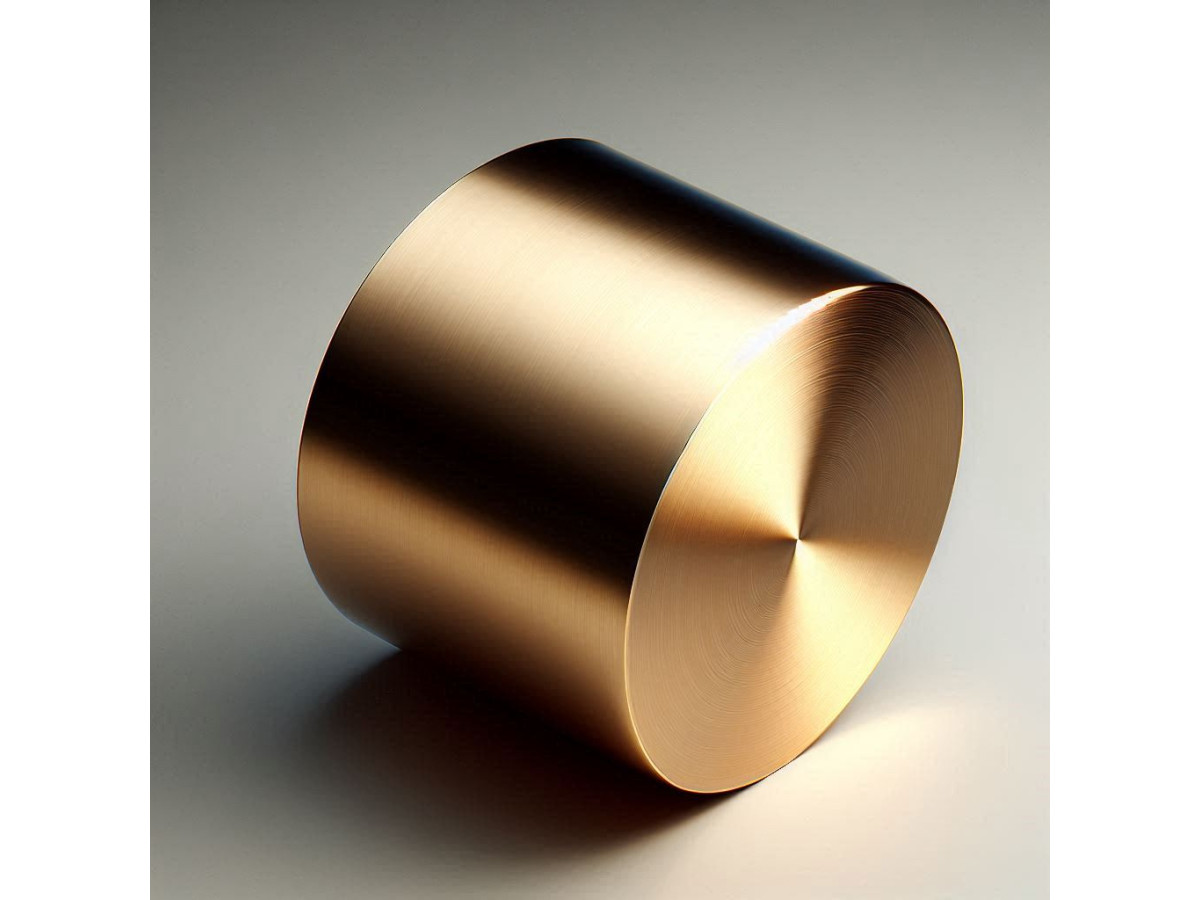In modern manufacturing, brass rods remain one of the most sought-after types of metal products. This material combines excellent mechanical properties with outstanding machinability, making it indispensable for many industries. In 2024, the technologies for processing brass rods have reached a new level of development, opening up impressive opportunities for manufacturers to enhance production efficiency and the quality of the final products.
Material Characteristics
Before discussing innovative processing methods, it is important to understand why brass rods require a special approach. The main characteristics of the material that affect the choice of processing method include:
- Excellent thermal conductivity accelerates heating and cooling during thermal treatment, necessitating precise control of process parameters.
- Corrosion resistance allows brass to be used in aggressive environments; however, when welding and soldering, special filler materials and fluxes must be used.
- Inhomogeneity of the structure can lead to uneven processing and defect formation, so it is crucial to select optimal cutting and pressure regimes.
- Tendency to deform during improper processing requires strict adherence to technological parameters and the use of specialized tools.
Innovative Processing Methods
Now let’s examine the most advanced methods for processing brass rods actively applied in 2024. The first innovation on the list is laser processing using femtosecond pulses. This technology enables unprecedented precision in cutting and surface forming of brass rods. Due to the extremely short duration of the pulse, thermal impact on the material is minimal, eliminating deformations and ensuring perfect geometry of the finished products.
The second innovative method is ultrasonic processing with computer control. This technology has revolutionized the finishing of brass products. The use of ultrasonic vibrations combined with modern control systems allows achieving surface roughness of less than 0.1 microns, which is particularly important in the production of precision parts.
The third innovation is electrochemical polishing with the use of smart electrolytes. This method represents an improved version of traditional electrochemical processing. The use of specially formulated electrolytes with nanoparticles not only achieves a flawless surface but also significantly increases the corrosion resistance of the material.
The fourth place is taken by plasma processing in a controlled atmosphere. This technology enables the creation of unique surface structures on brass rods, significantly enhancing their performance characteristics. This method is especially effective in producing components that operate under conditions of increased friction.
Rounding out the top five innovations is a hybrid processing technology that combines mechanical impact with ion implantation. This method allows for modifying the surface layer of the brass rod at the molecular level, imparting new properties to the material that are unattainable through traditional processing methods.
Advantages of Modern Material Processing Methods
Each of these methods has its advantages and specific applications. When choosing a particular technology, the following factors should be considered:
- Requirements for the final product (dimensional accuracy, surface quality, mechanical properties).
- Production volume (unit production, small batch, or mass production).
- Economic feasibility (cost of equipment, tools, materials, labor costs).
- Availability of equipment (presence and technical condition of necessary equipment).
- Ecological aspects (impact on the environment, waste disposal).
- Qualification of personnel (availability of specialists capable of working with the chosen equipment and technologies).
The implementation of innovative processing methods for brass rods requires significant investment; however, these costs quickly pay off through improved product quality and reduced production losses. It is important to note that modern processing technologies not only enhance the characteristics of the final product but also make production more environmentally friendly and energy-efficient.
The choice of a specific processing method should be based on a thorough analysis of production needs and technical requirements for the finished products. It is crucial to remember that even the most advanced technology requires qualified personnel and proper organization of the production process.

